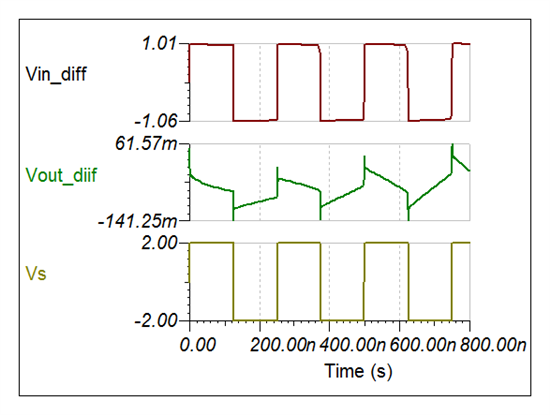I'd like to use the THS4521 op-amp on a signal from another circuit with separate power. I'd like to be sure that no damage will be inflicted on the THS4521 when it is unpowered but receiving the input signal (+/-2V). The data sheet states a maximum current for the inputs of 10mA. Firstly, I am unsure if this is the only important factor to be aware of to prevent damage, and secondly I am unsure if this applies to the device while both powered and unpowered. I have read the post on the THS4520 (http://e2e.ti.com/support/amplifiers/high_speed_amplifiers/f/10/t/143225.aspx), which suggests that the input current limit is the important factor for that device and applies while powered and unpowered. Please could someone confirm the situation for the THS4521? Thanks.
-
Ask a related question
What is a related question?A related question is a question created from another question. When the related question is created, it will be automatically linked to the original question.



